A development team in Silicon Valley is nearing early access release of a new hardware-independent augmented reality platform called Phantom AR.
Compatible with Android and iOS-based headsets, as well as the Microsoft HoloLens and Meta 2, Phantom AR runs the entire augmented experience, including the user interface, applications, asset and resource management, and interaction with environments and other users. Running as an application over the lower layers of the operating system, Phantom replaces the default user interface with AR features.
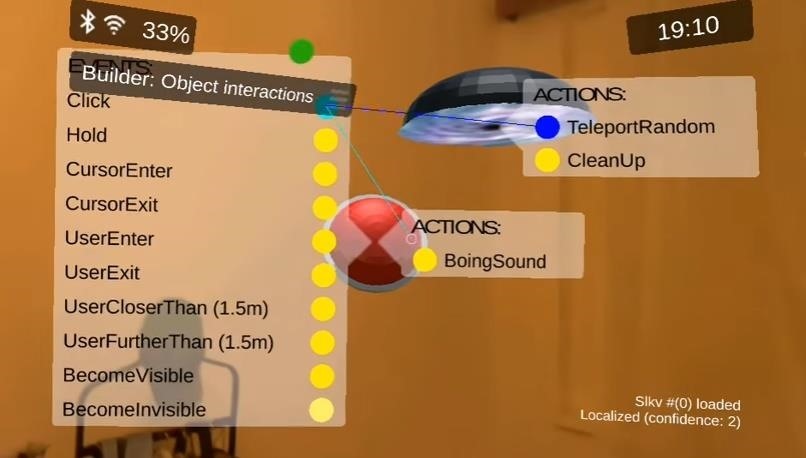
"AR is a brand new digital realm and we need to approach it as such," founder Mirek Burkon, a 34-year-old, self-taught programmer, told Next Reality. "Phantom gives you some baseline — effective user interface, app management, content distribution, computer vision tools, access to shared maps of the physical world, etc."
A sneak peak video of Phantom demonstrates the ability to build widgets, program interactions between objects, and map areas in indoor and outdoor environments.
Not Reinventing the Wheel
Familiarity ends up being an advantage that Phantom brings to developers. Phantom will allow developers to build applications as they normally would and deploy them within Phantom rather than rewriting them from scratch for other platforms. Phantom will also enable non-programmers to create their own augmented reality objects and share them with other users — even if they are on different hardware platforms.
They won't have to reinvent the wheel over and over, and their creations will be part of a well-tuned environment. For instance, they'll be able to develop apps in Unity, but instead of struggling with the basics to create an application for just one particular piece of hardware, they'll be able to deploy their creations simply to the whole augmented world.

A Hardware Approach
Instead of gestures, Phantom relies on hardware-based input, which allows for precision in commands. In fact, work on Phantom actually began about two years ago with the development of a wearable hardware prototype, seen in the video below. However, any IMU controller, such as Google Daydream's controller, will work with Phantom.
The team has operated as a self-funded venture to date, with Burkon concentrating on software and his partner, Al Martos, engineering the hardware. While an attempted Kickstarter campaign was unsuccessful, the team has continued to go forward. Now, as the vision for the platform has evolved, they are talking to potential investors and looking to hire more software engineers.
"For a long time, it was about intense experiments and prototyping and I believe now I know much better where all this is headed," said Burkon.
A private alpha release is expected to be available in the next few months. In the meantime, interested developers can register here. Burkon expects to support not only existing operating systems and hardware but also newer headsets that are expected to arrive later this year, like the Acer Windows Mixed Reality HMD.

"The goal is to provide a well-optimized platform just for AR, something that's easy to build for, something we don't have yet," said Burkon. "We're trying to do for AR what Windows did for the PC market or what Android did for mobile phones."
Just updated your iPhone? You'll find new features for Podcasts, News, Books, and TV, as well as important security improvements and fresh wallpapers. Find out what's new and changed on your iPhone with the iOS 17.5 update.
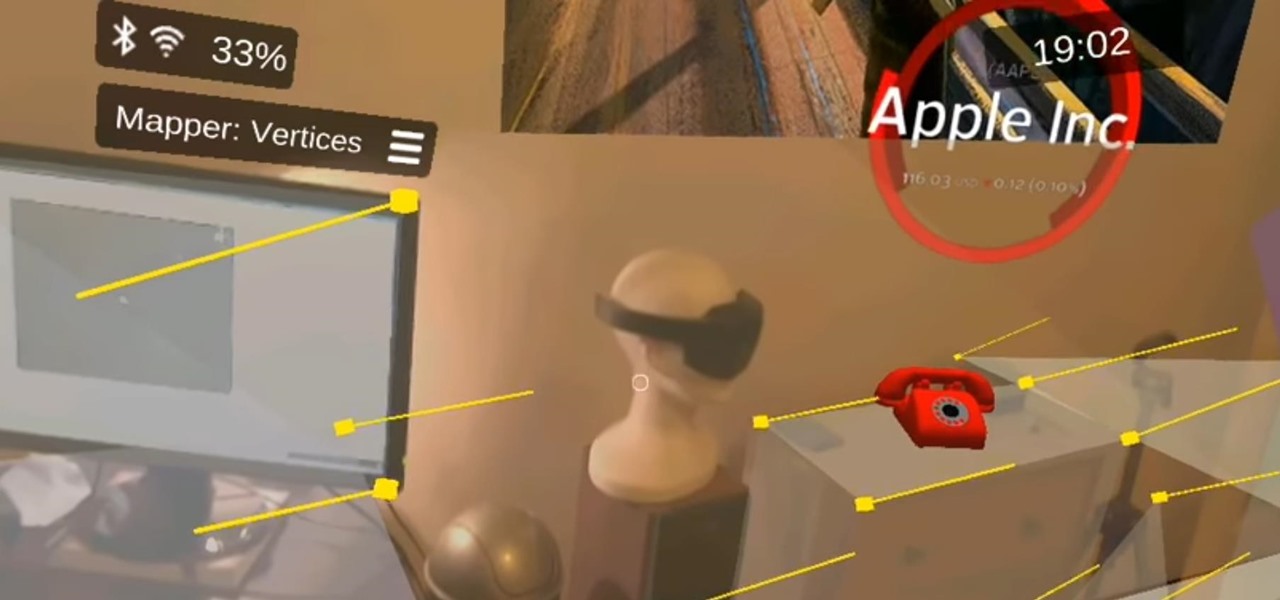

















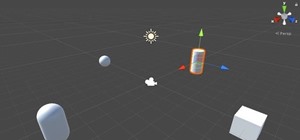

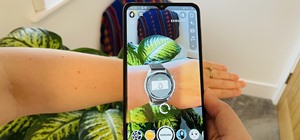
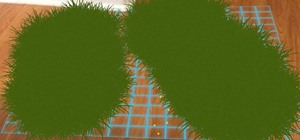
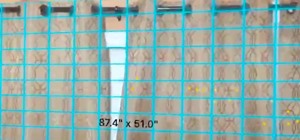
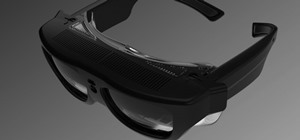

Be the First to Comment
Share Your Thoughts